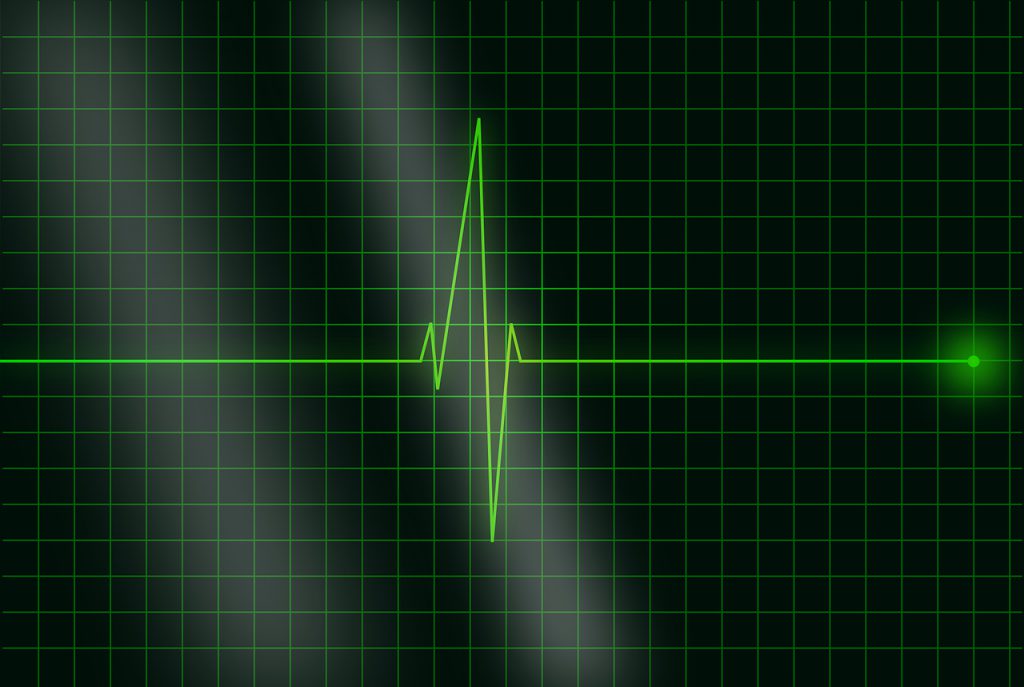Heart Health: Get The Facts On Bradycardia
by Carolyn Lee Feb 1, 2021

Heart related illnesses affect many people across the globe.
Our heart circulates blood through the pulmonary circuit and the systemic circuit.
The heart, blood, and blood vessels are known as the circulatory system.
Electrical impulses coordinate the heart’s activity. It has electrical cells, known as pacemaker cells, which contract to produce a heartbeat.
An adult’s resting heartbeat is about 60 to 100 beats per minute (BPM).
The heartbeat of a newborn is much faster – approximately 70 to 190 BPM.
If an adult’s heartbeat is below 60 BPM, it could be indicative of a condition called bradycardia.
Bradycardia refers to a heart rate that is slower than average.
In some instances, our heart rate may fall below 60 BPM during sleep. Adults who are physically active and athletes often have a slower heart rate.
Persons with occasional or borderline bradycardia may not require treatment.
Some of the causes for bradycardia include:
- Myocarditis which is an infection of the heart tissue.
- Hypothyroidism or an underactive thyroid gland.
- Damage to the heart caused by a heart attack or heart disease.
- Stroke.
- Inflammatory disease such as lupus or rheumatic fever.
- Congenital heart defect which is usually present at birth.
- Damage to the heart tissue caused by aging.
- Some drugs used to treat other heart rhythm disorders, psychosis and high blood pressure.
Bradycardia can result in a shortage of blood flow to the brain.
Symptoms
People who have this condition may exhibit symptoms such as dizziness, fatigue, pain in the arm, jaw, chest and abdomen.
Other symptoms are a difficulty when exercising, fainting, shortness of breath and cardiac arrest in extreme cases.
Risk factors
A common risk factor for bradycardia is age. Heart problems that are often associated with bradycardia, are more common in older adults.
Prevention
To prevent bradycardia, focus should be given to reducing the risk of developing heart disease.
Persons with heart disease should monitor it and follow their prescribed treatment plan to minimise the risk of bradycardia.

Diagnosis
If you are displaying symptoms of bradycardia, your doctor will request a thorough medical examination.
Your doctor may recommend laboratory tests, diagnostic studies or an electrocardiogram (ECG). The ECG is used to measure your heart’s electrical system.
Note: ECG and EKG are used interchangeably. There is no difference between the two. The difference in spelling is a result of the word electrocardiogram being translated to German – Elektrokardiogramm.
Treatment options
Your doctor will review the results of your ECG with you to let you know what the underlying problem is. Your doctor will also recommend a course of treatment that is best for you.
We hope that this article will inspire you to keep focusing on heart health. Let’s do what it takes to have a healthy heart!
The content of this article is for information purposes, as such, we encourage you to speak to your doctor about all health issues.
If you enjoyed this article, check out our Health section for more like it!
Sources: Live Science, Healthline, Heart.Org, Mayo Clinic, Medical News Today and WebMD.







